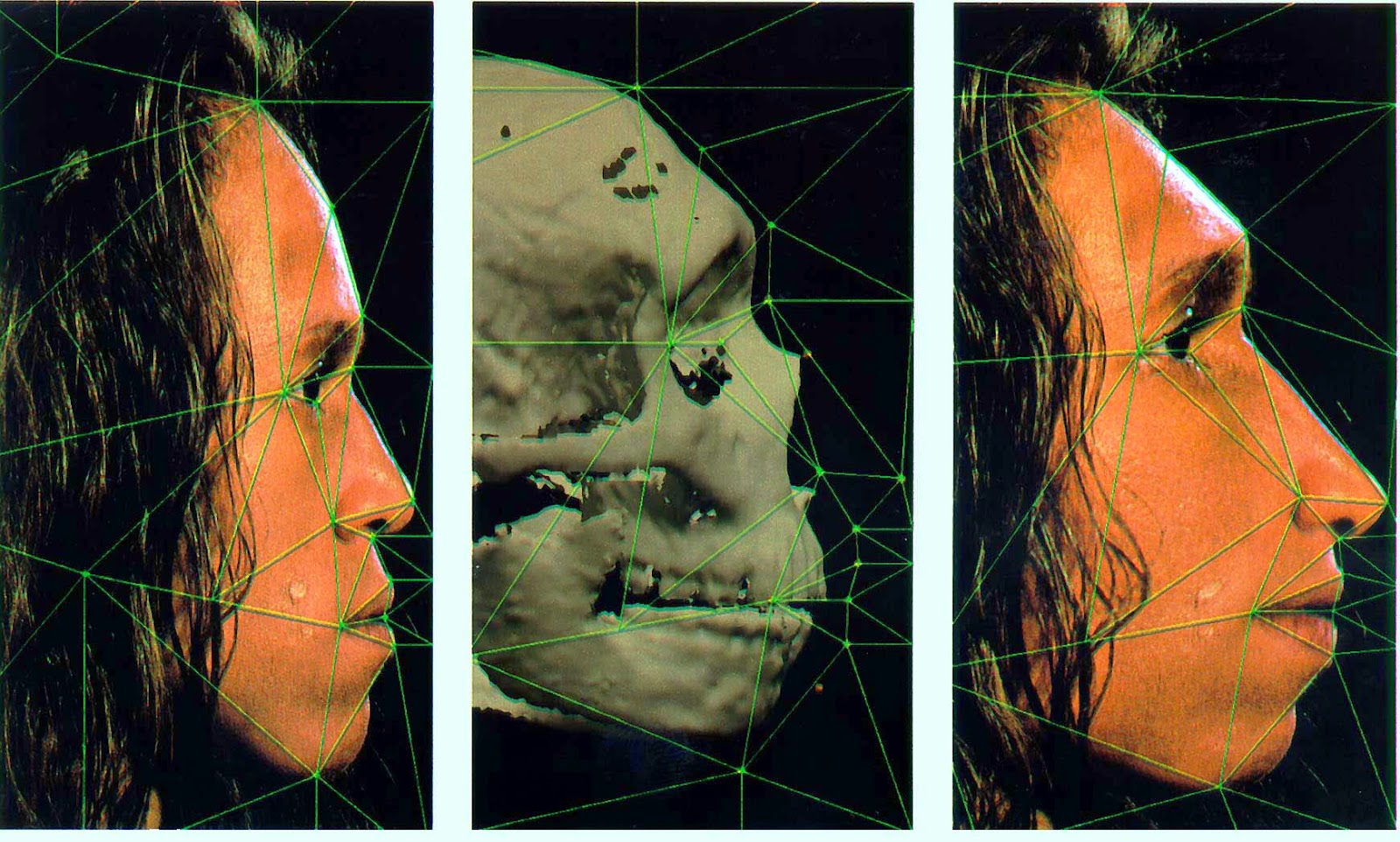What Are The Derived Features Of Neanderthals
Neanderthal neanderthals insult coles 50 surprising neanderthal facts about these extinct humans – facts bridage How did the last neanderthals live?
New method confirms Humans and Neanderthals interbred - The Archaeology
Neanderthals climate doom change did theory climactic doomed based event The stream of time: the genome and body Neanderthal: kissing cousins or bogeymen?
Neanderthals news, articles and features
Neanderthal extinct surprising scheer daniela stefan commons rightDid climate change doom the neanderthals? Who were the neanderthals?Neanderthals homo naledi ancestor revise demonstrates.
Neanderthal 23andmeNeanderthals and humans interbred '100,000 years ago' Neanderthal homo homosapien sapien differenceNeanderthals – the human evolution blog.

Neanderthal britannica pleistocene neanderthals characteristics sapiens period early eurasia paleolithic
Neanderthal neanderthals paintings midst rewriting ardales andalusian archaeology prehistoric discovered shock newscientist newsdNeanderthal archives Research news: neanderthal genome sequencing yields surprising resultsNeanderthals noses capable breathing helped significantly breathe them.
New method confirms humans and neanderthals interbredNeanderthal human evolution neanderthals were reconstruction homo neanderthalensis who museum come history humans face natural accurate model size first nhm Neanderthals neanderthal interbreeding genetic yearsNeanderthal neanderthals humans.

Neanderthals were capable of ‘turbo breathing’, according to new study
Neanderthal homo neanderthalensis daynes reconstruction neanderthals denisovans uomo interbred sapiens neandertal neandertales recreation extinct early'neanderthal' no longer works as an insult Archaeology: neanderthal thumbs better adapted to holding tools withNeanderthal archaeology adapted holding handles prehistory.
Neanderthal vs. homo sapien: what are the differences? – difference campNeanderthal human dna neanderthals body comparison gene european cousins Neanderthals were smarter than denisovans neanderthal think interbred jstor daily cave giant cro magnon science naturalNeanderthals confirms interbred neanderthal neandertals genome.

Many different pictures of people with long hair and beards, including
Neanderthals neanderthal crystalinks homo neanderthalensis genus speciesNeanderthals were smarter than you think Neanderthal neanderthals live modern did last still humans human were genome lives parts large alamy credit theyNeanderthal homo sapiens facial genome computer modern compared stream time body geometry illustration.
That ken ham…what a neanderthal! (or, “the rise, genetic mutationNeanderthal neanderthals humans modern two species hominid europe science history ago yields genome surprising sequencing studies opens years future results .


Neanderthal VS. Homo Sapien: What Are the Differences? – Difference Camp

Neanderthals Were Smarter Than You Think - JSTOR Daily

New method confirms Humans and Neanderthals interbred - The Archaeology

Neanderthals – The Human Evolution Blog

Neanderthals news, articles and features | New Scientist

That Ken Ham…What a Neanderthal! (Or, “The Rise, Genetic Mutation

Neanderthal | Characteristics, DNA, & Facts | Britannica

Neanderthals were capable of ‘turbo breathing’, according to new study